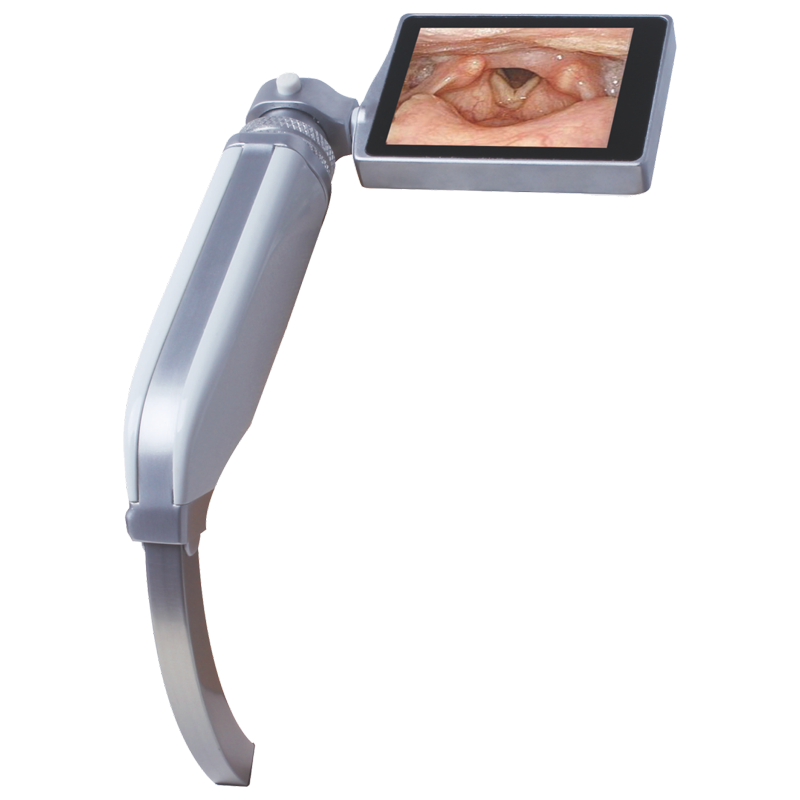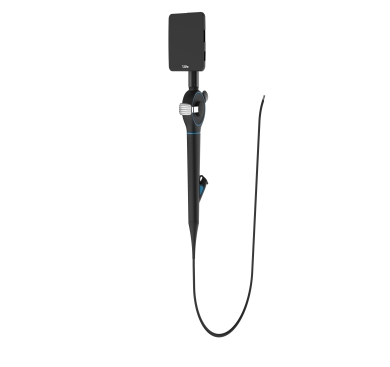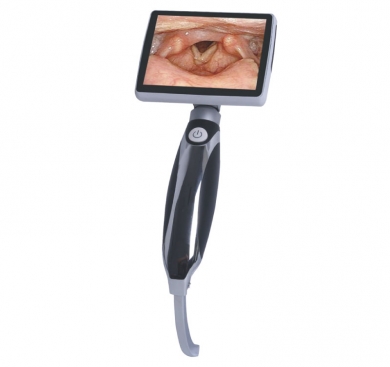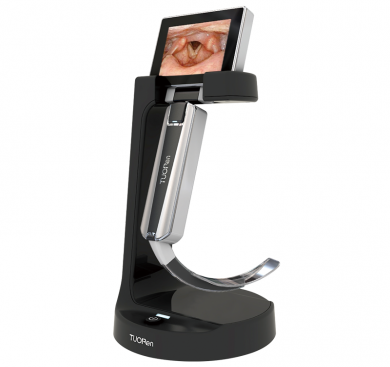Video Laryngoscope (VLM432)
Airway management is the primary responsibility of the anaesthesiologists: To secure, preserve and protect it during induction, maintenance and recovery from Anesthesia. Failure to manage the airway can lead to catastrophic results; death or worse; brain damage. Most anesthesia mishaps occur at the time of induction of anesthesia. Orotracheal intubation is the most common method used to secure and maintain airway.
Video laryngoscopes are often used as a first-line tool in anticipated difficult laryngoscopy or in attempts to rescue difficult (and unsuccessful) direct laryngoscope intubations.
Video Laryngoscopy is mainly used to provoke patients with epiglottis, exposure to glottis and to guide medical staff to conduct intubation.
Video Laryngoscope offers Open vision so that both operators and assistants can see. It makes Glottic exposure is easier and clearer.

Features
Comes with Detachable LCD Monitor with Adult and Neonatal Baton
- Monitor Size: 3 Inch
- Video Aspect Ratio: 4:3
- Resolution: 960*480
- Power: 3.7VDC
- Internal Memory: 16G TF Card
- Rotation Angle: Multi-rotational display
- Rechargeable Li-Battery
- Baton Material: Aluminium Alloy
- Camera Chip: CMOS
- Light Source: White LED
Comes with Adult and Neonatal baton (can be attached alternatively to single LCD monitor)
- Adult baton comes with disposable Mac Blades of size 2, 3, 4.
- Neonatal baton comes with disposable Miller Blades of size 0, 00, 1.
Technical Parameters
|
Product Parameter |
Technical Item |
Technical Index |
|
Catalogue no. |
VLSMAI |
|
|
field Angle |
50°~65° |
|
|
continuous working time |
≥300min |
|
|
monitor |
3.0” |
|
|
Rotation angle of front and back/left and right |
0°-270°/0°-180° |
|
|
Camera Pixel |
2.0 million |
Accessories:
- Adaptor and charging cable
- 5 different sizes of disposable blades





